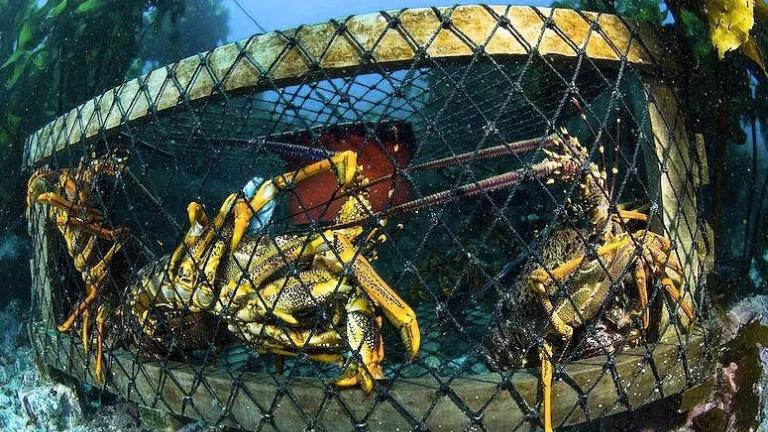Atlantic Seismic Will Impact Marine Mammals and Fisheries

The National Marine Fisheries Service (NMFS) has proposed permits for large-scale seismic oil and gas exploration off the mid-Atlantic and south Atlantic coasts. This move overlooks the best available scientific evidence, which shows that noise from seismic airguns poses significant harm to marine mammals, and a wide array of other marine life, over vast areas of the ocean.
Whales are especially vulnerable to the intense low-frequency noise produced by seismic airguns.The mid- and south Atlantic are home to some of our best-known great whales. That includes blue whales—the largest animals to ever have lived on earth, fin whales, sei whales, and gregarious humpbacks. All of these species are endangered or protected. These waters are also part of the main migratory route and calving grounds of the North Atlantic right whale—one of the most endangered species on the planet.
Seismic airguns produce loud, repetitive, blasts that rank just behind military explosives as the loudest source of noise in the oceans. The blasts repeat every 10-12 seconds, 24 hours a day, for months at a time, and are so powerful they can be heard up to 2,500 miles away. The noise occurs at exactly the same frequencies that great whales use to communicate. This means seismic blasts can disrupt vital breeding and feeding behaviors, and may lead to chronic stress that can impair health and lead to less successful reproduction and calf survival. Indeed, 28 scientific experts on the North Atlantic right whale warn that seismic blasting in the Atlantic may be a "tipping point," driving the iconic species to extinction.
Seismic surveys pose a threat to ocean life beyond marine mammals. Scientific evidence now shows that ocean noise—including seismic—can significantly harm fish and marine invertebrates, many of which are commercially important. Invertebrates such as scallops and squid close to airguns during blasting can die or suffer severe organ damage. Airgun noise can also result in extensive damage to hair cells in fish ears causing deafness and to important sensory receptors responsible for orientation in invertebrates; in lobsters, these effects can last for up to an entire year following exposure.
Larvae and juveniles may be more susceptible to the harm of underwater noise than adults, possibly jeopardizing the sustainability of populations. Seismic noise has been shown to have more severe impacts on juvenile scallops, crabs, and squid.1 Also, the chronic stress from exposure to seismic noise can compromise the health of fish and marine invertebrates and associated fisheries.2 Exposure to seismic noise has been shown to increase breathing rates and stress hormone levels in fish, including Atlantic salmon and European seabass, and suppress the immune system of marine invertebrates, including scallops and lobsters.
Many species react to seismic blasts as if it were a natural predator, exhibiting behaviors such as rapid evasion, freezing, or hiding. These responses ultimately disrupt other vital behaviors, such as feeding and reproduction, and may increase vulnerability to predation. Playback experiments using noise from seismic airguns were found to elicit strong behavioral responses in both European seabass and Atlantic mackerel. For mackerel, these behavioral changes may make them less easy to catch; a finding remarkably consistent with anecdotal accounts from fisheries operating in the vicinity of seismic surveys. Commercial trawl and longline catches of Atlantic cod have also been shown to fall by 45% and 75%, respectively, five days after seismic surveys in the Barents Sea. Similar reductions in catch rates have been demonstrated in the hook-and-line fishery for rockfish during seismic blasting off the California coast.
Seismic surveys have devastating economic and environmental consequences and the administration's reckless proposal to issue these surveys puts our oceans in jeopardy.
It is time to stop seismic.
1See Solé et al. "Sensitivity to sound of cepahalopd hatchlings." Oceanoise2017 Abstract Book, Page 91. Available here.
2See Semmens et al. "Are seimic surveys putting bivalve and spiny lobster fisheries at risk?" Oceanoise2017 Abstract Book, Page 92. Available here.

